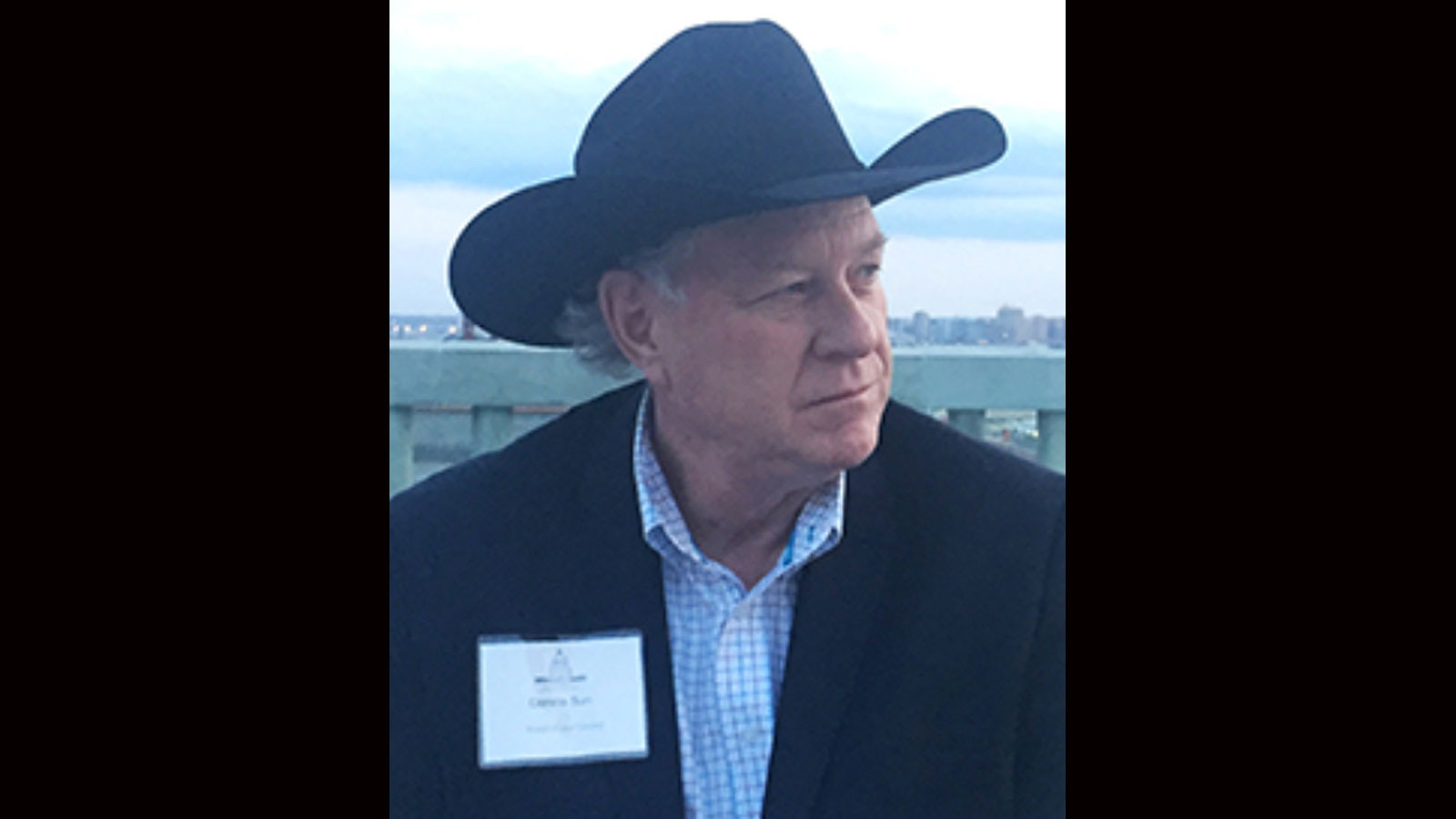As we get into the calf-shipping season, we realize there are many changes from last fall. There are some positive changes, especially prices. And there are the not so positives, such as the higher cost of inputs, inflation, drought, increasing interest rates and a falling stock market.
This fall, we’re seeing calves delivered earlier and fewer calves being backgrounded for the usual 45 days. I’ve heard, “I want them down the road,” often this month.
Producers want to save any grass they have for their cows with the high price of hay and, more importantly, the low availability of hay everywhere. The 2022 hay production is reported to be down 3% from last year, and hay supplies are at the lowest level seen since 1959.
These are scary figures.
CattleFax says that, so far, some early trends are beginning to emerge from cattle sold through auctions. These trends indicate a smaller overall supply, fewer yearlings available to trade and drought-forced early movement of lighter calves.
One of the positive notes is slaughter rates have kept up with or exceeded last year’s rates. Slaughter rates continue to rise with the final August fed slaughter coming in 2.1% above last year on a weekly average basis.
Steer slaughter was a bit lower in August than last year, while heifer slaughter really jumped with a 6.7% increase over a year ago. Cow and bull slaughter, with rising prices at the auctions, were 7.3% higher than 2021 on a weekly average basis.
The annualized culling rate slowed down though, coming in at 12.3% after being above 13% from May through July. This early culling was caused mostly by drought in the Southern Plains. They have really had it rough down there, sometimes running out of buyers at local auctions on sale days.
August was the lowest month for feedlot capacity so far this year, while the September 2022 inventory was up 0.5% from August. The August low was 975,000 head lower, or down 8%, than the record on-feed inventory in February.
Demand for beef is still growing nationally and overseas, even though European inflation is higher than the United States and exports to Mexico and Canada are lower.
Now the big question for beef producers is whether to keep more or fewer replacement heifers, or none at all? It’s a hard decision to make as everyone’s operation is different. The trend now is to sell heifers this year and keep heifers for replacements in 2023.
I have heard a few people say now is the time to keep heifers and have more calves to sell in 2024. Others have said with the drought expected to last the rest of this year that there will be plenty of cull cows slaughtered to keep cow numbers lower, and with rising prices, any weight calf will sell well.
Remember, money isn’t money until it’s in your pocket.
As cattle prices keep going up in 2023, more heifers will be retained, which will raise the number of calves in 2025. If the adjustment happens quickly at around 18 months of the turn of the trend, usually that is enough retained heifers to rebuild the numbers of cattle.
Whatever the time, we hope inputs have fallen and this drought is history.
The Wyoming Livestock Roundup is a weekly agriculture newspaper available in print and online. To subscribe, visit wyle.net or call 1-800-967-1647.





